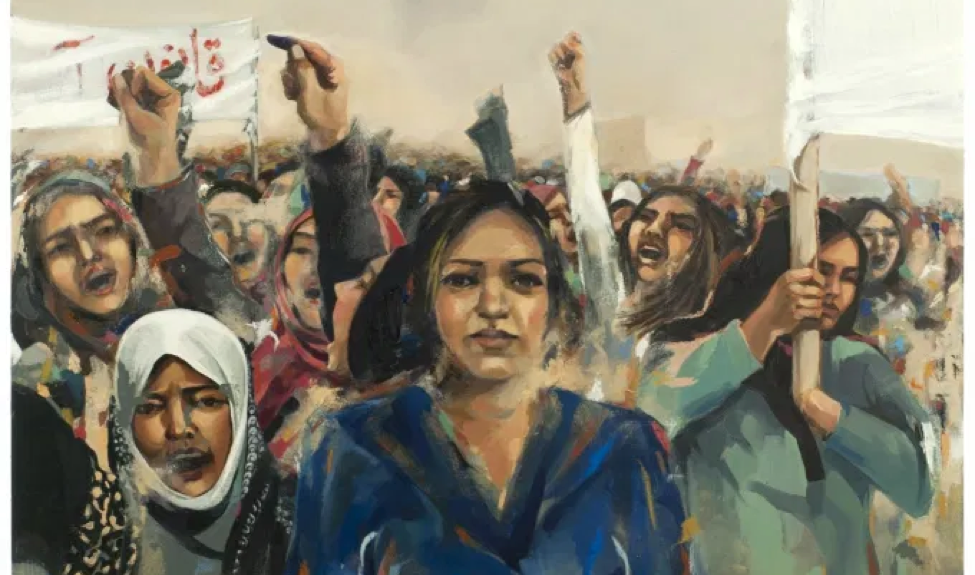LIAM ROGERS WRITES — Afghanistan has been an unfriendly place for women. During the 1996-2001 Taliban rule, women were not allowed to attend school, work, leave their homes without men, or show skin in public.
The 2018 Academy Award Nominee, The Breadwinner, featured a beautifully horrific presentation of this reality. This Irish animated film from Cartoon Saloon follows the heart-wrenching story of 11-year-old Parvana and her family as they navigate the unforgivable Afghani urban landscape of Kabul in 2001, just prior to the US invasion of Afghanistan. It navigates the difficulties of being a woman in that era, as well as the unfair and unjust power the Taliban had over the region. “The Breadwinners” clearly portrays the severity of the oppression that women were forced to endure.
Now, approaching the twentieth anniversary of the American invasion of Afghanistan, the question is whether the US and other international agencies have been successful in improving the situation.
At the 10 year mark, in 2011, Amnesty International named Afghanistan one of the world’s worst places to be a woman. But in the 2021 World Population Review, Afghanistan was not listed in the top 10 although still the fight for women’s rights continues.
It is undeniable that the status of women in the country has improved. In 2020, Amnesty International recorded 3.3 million girls in the education system, and women held positions in all sectors of industry: politics, law, medicine, education, journalism, etc. Still, 2.2 million girls are unable to attend school.
Since January 1, 2018, 65 journalists, media professionals and human rights defenders have been killed in Afghanistan. Women in journalism and entertainment are being targeted with little response from the government of Afghanistan. After the December 10, 2020, assassination of Malalai Maiwand, who was gunned down upon leaving her house, the Afghan Journalists Safety Committee (AJSC) tweeted, “If the killing of journalists does not stop, Afghanistan will lose one of its greatest achievements, which is press freedom.” The director of the AJSC, Najib Sharifi, stated, “Some groups think that the last two decades of change in Afghanistan are their biggest threat, and the media reflects that change, so that is why journalists are targeted.” On March 2, 2021, three more women journalists were gunned down (Mursal Wahidi, Shahnaz-the family name has not been disclosed-) and Sadia (again, the family name has not been disclosed)), bringing the related death count to a staggering 67 in just over 2 years.
With the departure of US military forces in the region, and despite advancements in women’s rights and human rights, the strife has not ended. Much still needs to change before it is truly safe for women in Afghanistan.

